Ukulele For Dummies (25 page)
Read Ukulele For Dummies Online
Authors: Alistair Wood

Position your thumb at the back of the uke's neck so that you can squeeze the chord a little. The amount of pressure to use is a delicate balance. The priority is to ensure that all the strings are sounding. When you have the barre down, test each string to make sure that you can hear it clearly. You may well have to fidget your finger and change the pressure until you get it right. But do be careful not to use more pressure than you need. Squeeze too tightly and your hand quickly gets tired.
When you're confident in your barre, add your middle finger to the A-string at the third fret to create the D7 shape shown in Figure 6-8.
Figure 6-8:
D7 chord diagram.
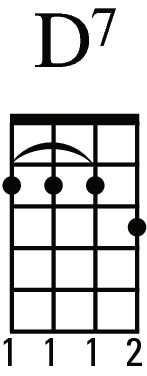
 With the D7 chord in place, you now have the three-chord trick for the key of G: G, C and D7. And you can use it to play the traditional song âIrish Rover', as shown in Figure 6-9 (listen to Track 20).
With the D7 chord in place, you now have the three-chord trick for the key of G: G, C and D7. And you can use it to play the traditional song âIrish Rover', as shown in Figure 6-9 (listen to Track 20).
Figure 6-9:
âIrish Rover' notation.
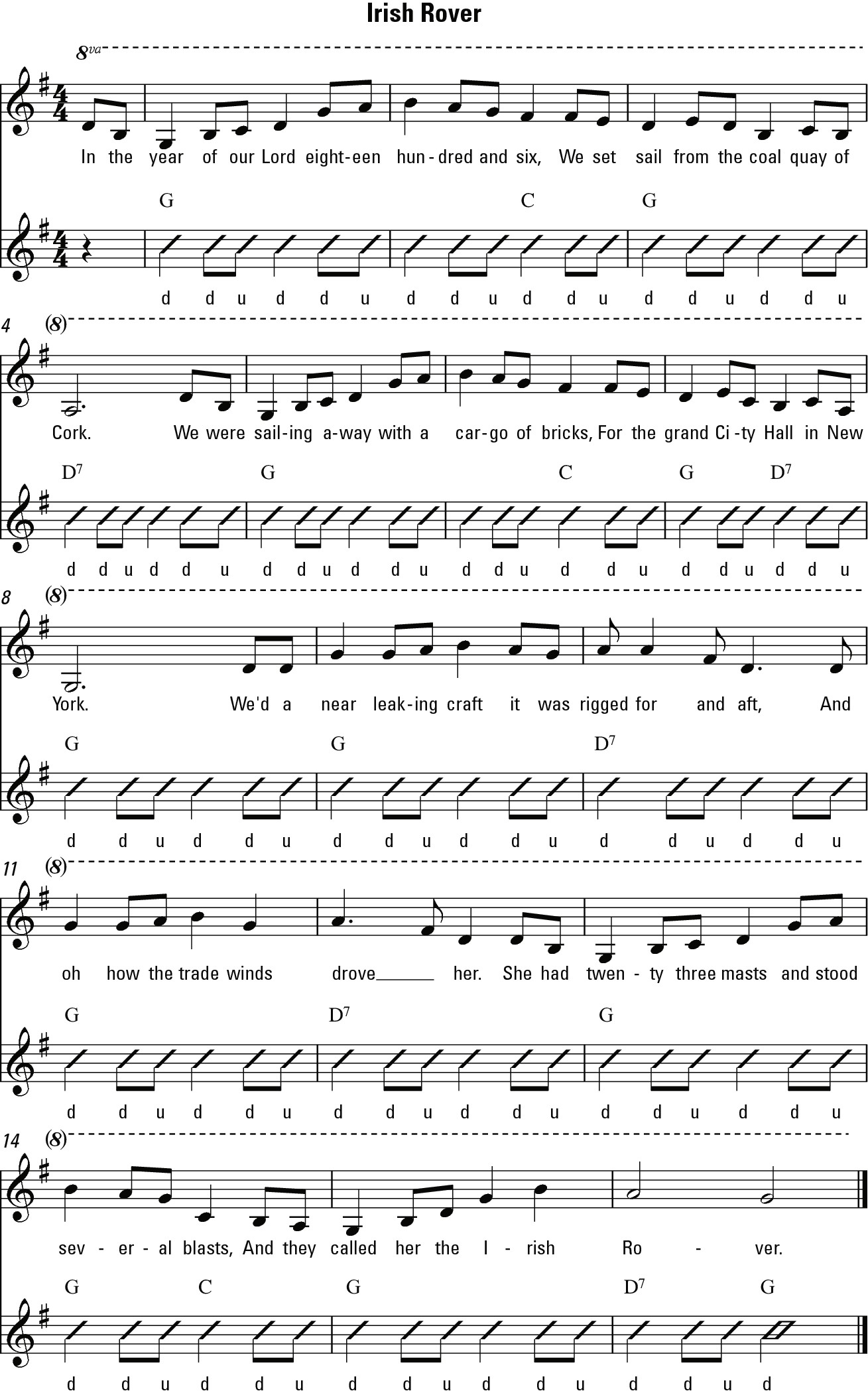
Playing B minor
To play the Bm shape, start off exactly the same way as D7 in the preceding section: barring across all strings at the second fret with your index finger. This time, though, you reach over the strings with your ring finger to play the g-string at the fourth fret to create the shape shown in Figure 6-10.
Figure 6-10:
Bm chord diagram.
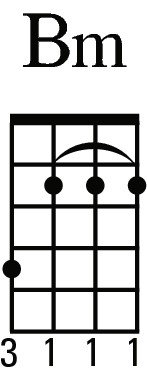
Moving Chord Shapes
Many of the chords that I cover in this book are
open chords
, which means that they have at least one string played open. In contrast, a
moveable chord
is any chord in which you fret every string. Moveable chords have a very useful property: they can be moved up and down the neck to create new chords.
 Each time you move the shape, you get a new chord. So for every shape you master, you effectively learn 12 new chords (the total number of notes there are, including sharps and flats).
Each time you move the shape, you get a new chord. So for every shape you master, you effectively learn 12 new chords (the total number of notes there are, including sharps and flats).
Budging up barre chords
The barre chords in the earlier section âFingering Barre Chords' are all moveable. To explain what I mean, try the following:
1. Play a Bm chord (as I describe in the preceding section âPlaying B minor').
2. Move the whole chord down one fret.
3. You're now barring the strings on the first fret with your ring finger at the third fret, as in Figure 6-11, creating a B m chord.
m chord.
Figure 6-11:
B m chord diagram.
m chord diagram.
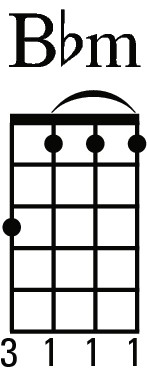
Similarly, you can take the D7 chord and move everything up one fret so that you have an E 7 chord (see Figure 6-12).
7 chord (see Figure 6-12).
Figure 6-12:
E 7 chord diagram.
7 chord diagram.
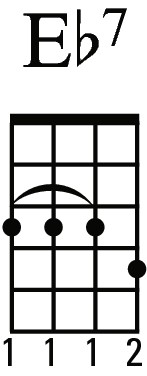
Or you can move the E 7 chord down a fret and make D
7 chord down a fret and make D 7.
7.